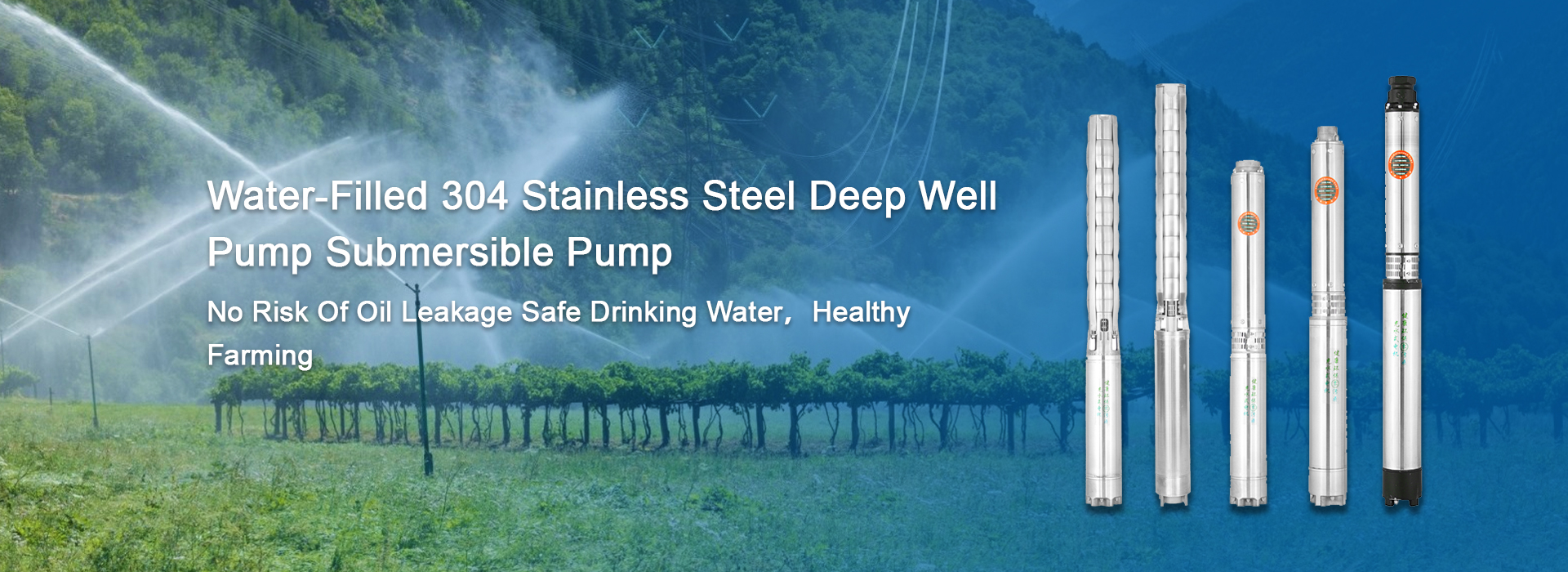Nov . 16, 2024 14:08 Back to list
vertical submersible pump
Vertical Submersible Pumps An Overview
Vertical submersible pumps play a crucial role in various industrial and municipal applications, particularly in the management of water resources. Designed to operate underwater, these pumps are particularly effective in deep well extraction, wastewater management, and other situations where fluid needs to be moved from a submerged location. This article will explore the workings, types, applications, advantages, and limitations of vertical submersible pumps.
How They Work
Vertical submersible pumps consist of a motor that is positioned above the surface of the fluid, connected to a long shaft that extends down into the liquid. The pump housing, or bowl assembly, is located at the submerged end of the shaft and contains the impeller, which is responsible for moving the fluid. As the motor rotates the shaft, the impeller draws fluid into the pump and pushes it upward through the discharge pipe. These pumps are designed for high head applications, meaning they can efficiently lift liquids from considerable depths.
Types of Vertical Submersible Pumps
There are various types of vertical submersible pumps based on their design and application
1. Axial Flow Pumps These pumps move water in a direction parallel to the pump shaft. They are suitable for applications requiring high flow rates but relatively low head.
2. Mixed Flow Pumps These hybrid pumps have characteristics of both axial and centrifugal pumps, making them versatile for different applications.
3. Centrifugal Pumps These are the most common type for submersible applications, utilizing centrifugal force to move fluid and ideal for high head requirements.
4. Vortex Pumps Designed to handle fluids with solids, these pumps minimize clogging and are often used in wastewater applications.
Applications
Vertical submersible pumps are utilized across various sectors
- Agriculture They are often employed for irrigation systems, helping in the efficient transfer of water from aquifers to agricultural fields.
- Mining In mining operations, these pumps are used to dewater operations and manage groundwater levels.
- Industrial Use Industries rely on these pumps for transferring chemicals and other fluids, including applications in power plants and manufacturing processes.
vertical submersible pump

- Municipal Utilities They are widely employed in municipal water supply systems and sewage treatment facilities to ensure effective water management and treatment.
Advantages
There are several benefits associated with vertical submersible pumps
- Space-Saving Design They occupy less surface area compared to horizontal pumps, making them suitable for tight spaces.
- Durability Many vertical submersible pumps are constructed from corrosion-resistant materials, enhancing their lifespan in challenging environments.
- Efficiency Designed for deep applications, these pumps generally maintain high efficiency, ensuring lower operational costs.
- Versatility They can pump various types of fluids, including clean water, chemicals, and wastewater.
Limitations
Despite their many advantages, vertical submersible pumps do have limitations
- Installation Complexity Their installation can be complicated and may require specialized knowledge.
- Maintenance Challenges Accessing submerged pumps can be challenging, complicating maintenance and repair.
- Initial Cost They can have higher upfront costs compared to other types of pumps, which may deter some users.
Conclusion
Vertical submersible pumps comprise a vital technology for various water-related applications. Understanding their design, function, and application can lead to more efficient water management practices. Despite certain limitations, their benefits make them a preferred choice in many industries where reliable and efficient fluid transport is essential. As technology continues to advance, the performance and applications of vertical submersible pumps will likely expand, offering even greater solutions for water management in the future.
-
Submersible Water Pump: The Efficient 'Power Pioneer' of the Underwater World
NewsJul.01,2025
-
Submersible Pond Pump: The Hidden Guardian of Water Landscape Ecology
NewsJul.01,2025
-
Stainless Well Pump: A Reliable and Durable Pumping Main Force
NewsJul.01,2025
-
Stainless Steel Submersible Pump: An Efficient and Versatile Tool for Underwater Operations
NewsJul.01,2025
-
Deep Well Submersible Pump: An Efficient 'Sucker' of Groundwater Sources
NewsJul.01,2025
-
Deep Water Well Pump: An Efficient 'Sucker' of Groundwater Sources
NewsJul.01,2025
-
 Submersible Water Pump: The Efficient 'Power Pioneer' of the Underwater WorldIn the field of hydraulic equipment, the Submersible Water Pump has become the core equipment for underwater operations and water resource transportation due to its unique design and excellent performance.Detail
Submersible Water Pump: The Efficient 'Power Pioneer' of the Underwater WorldIn the field of hydraulic equipment, the Submersible Water Pump has become the core equipment for underwater operations and water resource transportation due to its unique design and excellent performance.Detail -
 Submersible Pond Pump: The Hidden Guardian of Water Landscape EcologyIn courtyard landscapes, ecological ponds, and even small-scale water conservancy projects, there is a silent yet indispensable equipment - the Submersible Pond Pump.Detail
Submersible Pond Pump: The Hidden Guardian of Water Landscape EcologyIn courtyard landscapes, ecological ponds, and even small-scale water conservancy projects, there is a silent yet indispensable equipment - the Submersible Pond Pump.Detail -
 Stainless Well Pump: A Reliable and Durable Pumping Main ForceIn the field of water resource transportation, Stainless Well Pump has become the core equipment for various pumping scenarios with its excellent performance and reliable quality.Detail
Stainless Well Pump: A Reliable and Durable Pumping Main ForceIn the field of water resource transportation, Stainless Well Pump has become the core equipment for various pumping scenarios with its excellent performance and reliable quality.Detail
